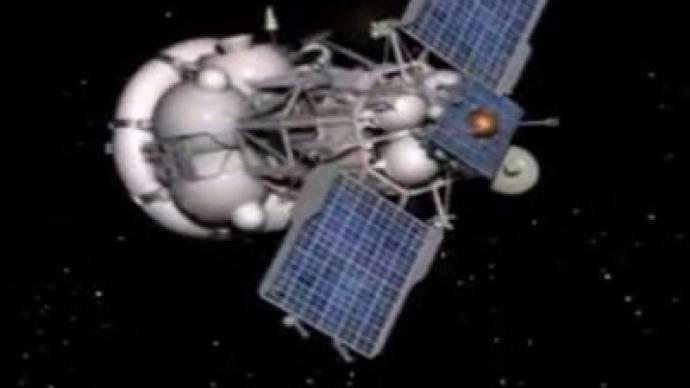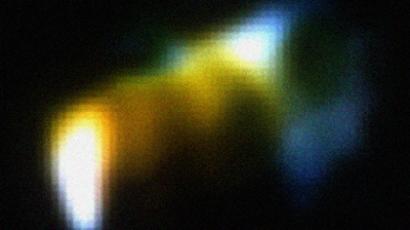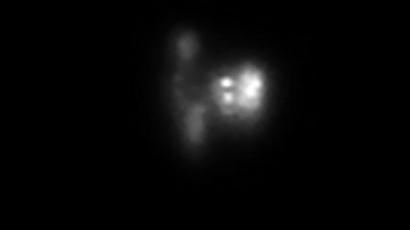Falling probe-ability: Guesswork over space debris crash point

Russia’s stray Phobos-Grunt, the Flying Dutchman of space, keeps wandering the skies, looking for an ocean to land in – or a place to moor. Russia’s Space Agency has for the fourth time revised its predictions as to where the spacecraft will fall.
According to the latest prognosis made by Roscosmos on Saturday, Phobos-Grunt debris will fall on to the Gobi Desert in China on January 15.However, this is the fourth time the agency has named a place where the Mars probe will finally come to rest. Various oceans have been especially popular destinations for probe’s final plunge.On Saturday Roscosmos announced that Phobos-Grunt would fall into the Pacific Ocean near the coast of Chile. The Atlantic Ocean off the coast of Argentina was named a day earlier. And on Thursday the agency had said the probe was likely to fall into the Indian Ocean between the east African coast and the island of Madagascar.The latest scenario suggests the elusive probe is to crash between 16:41 and 21:05 GMT anywhere including Europe, southeast Asia, Australia and South America. But the US, Canada and most of Russia are not likely to see any of the space fallout. Still, as large parts of Phobos-Grunt’s orbits go over water, scientists estimate the likelihood of the satellite gate-crashing a party is minimal."Time and location of the fall is constantly changing due to a decrease in the height of its orbit, solar activity and the state of the atmosphere,” said a Roscosmos official. “The debris of the probe may reach the surface of the Earth consisting of 20 to 30 pieces with a total weight below 200 kilograms. Components of probe’s fuel will burn in dense layers of Earth’s atmosphere at an altitude of about 100 km."When Phobos-Grunt drops, it will be one of the heaviest pieces of space junk ever to fall on Earth – and one of the most toxic, too. The 14.9-tonne probe carries a load of 12 tonnes of highly-toxic rocket fuel, which was intended to be spent on the journey to the Martian moon of Phobos. Now the fuel has been left unused.But Roscosmos assures the fuel will burn up in the Earth’s atmosphere. They also say that only some 200 kilograms of Phobos-Grunt will survive the re-entry to come down in 20-30 pieces.
Phobos-Grunt was launched from Baikonur Cosmodrome in Kazakhstan on November 9 to investigate Phobos, one of the moons of Mars. However, after entering Earth’s orbit, the probe failed to launch on its course to Mars and remained stuck going around the Earth.














